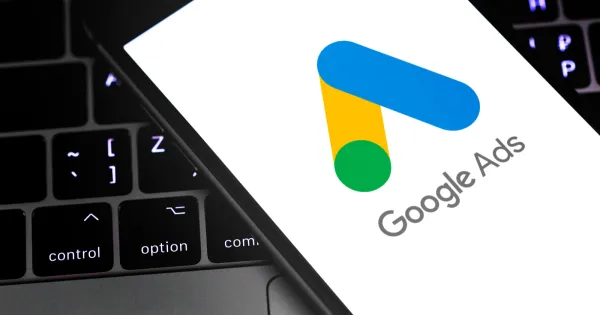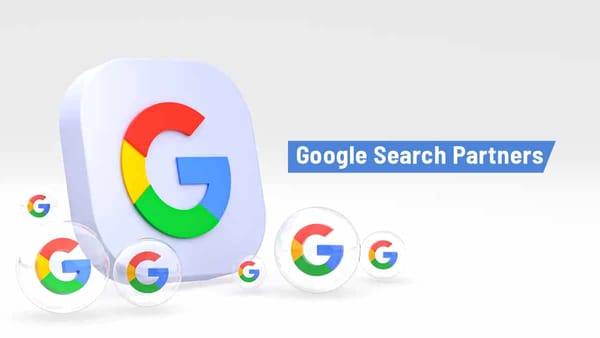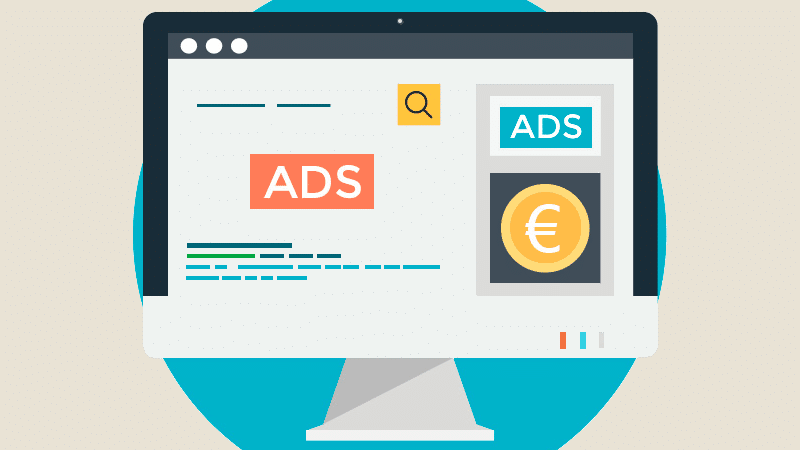Website Design Without CSS: Understanding the Limitations and Possibilities

Introduction
When we think of modern web design, CSS (Cascading Style Sheets) plays a pivotal role in shaping how a website looks. From font sizes and colors to layout arrangements and animations, CSS controls the visual style and design of websites. But what happens when a website is designed without CSS? Is it even possible to build a functional, aesthetically pleasing site without it?
In this article, we’ll explore what website design without CSS means, the challenges it poses, and whether it’s a viable option for certain types of projects. We’ll also discuss the alternative approaches to design and what you need to know if you ever find yourself building a website without using CSS.
What is Website Design Without CSS?
Website design without CSS means building a website with only HTML (Hypertext Markup Language) and potentially JavaScript to control the layout and visual appearance of a page. CSS is the cornerstone of modern web design, used to style elements like text, images, navigation, and overall page layout. Without CSS, your website will rely solely on the default styling provided by the browser, which results in a basic, unformatted layout.
In essence, without CSS, websites will appear in a very raw, unstyled form, with minimal control over how content is presented. While this approach is uncommon for fully functional, user-friendly websites, there are certain use cases where CSS-free design may be considered.
Why Would You Consider Website Design Without CSS?
- Prototyping or Mockups
Designing a website without CSS can be useful in the initial stages of a project, where the primary goal is to create a functional prototype or test the structure of a website. Without the distractions of styles, a basic, unstyled website can help developers focus on the underlying structure and content. Once the core functionality is in place, CSS can be added to enhance the design and user interface. - Accessibility
For certain users, websites without CSS may offer an experience that’s more accessible. For example, visually impaired users who rely on screen readers may benefit from a simple, text-based layout without CSS styling. Similarly, minimalist websites may be easier for those with cognitive disabilities to navigate since there are fewer visual elements to distract them. - Speed and Efficiency
Websites that rely on basic HTML without CSS can load faster because they don’t need to load additional style files or render complex design elements. This can be especially important for users with slow internet connections or those on mobile devices with limited bandwidth. - Basic Information Delivery
Sometimes, the purpose of a website is solely to deliver raw information in the most straightforward manner possible. For example, a website that simply lists contact information, emergency alerts, or public service notices may not need advanced styling and could benefit from a no-frills, content-focused design.
Challenges of Designing a Website Without CSS
- Limited Visual Appeal
The most obvious challenge of designing a website without CSS is the lack of visual styling. Web browsers apply default styling, but this results in a very unpolished, unattractive look. Text might appear in the browser’s default font, and elements like headings, paragraphs, and lists may be displayed in a basic, unformatted way.
Without CSS, the website will lack alignment, spacing, and color, which makes it difficult to create a professional, visually engaging experience. As a result, your website will appear outdated and may not retain visitors, especially in industries where design plays an essential role in building trust and credibility.
- Poor User Experience (UX)
CSS is essential for creating an optimal user experience (UX). It controls the layout of the website, the spacing between elements, and ensures that content is easy to read and navigate. Without CSS, a website will appear cluttered, with elements all over the place. This poor design will likely lead to frustration, higher bounce rates, and ultimately a loss of visitors. - Lack of Responsiveness
CSS is key to responsive web design, which ensures that a website looks good on devices of all screen sizes. Without CSS, it’s almost impossible to create a website that adapts to mobile phones, tablets, and desktops. Visitors using different devices will likely face issues like text being too small to read or buttons being difficult to click, leading to a subpar experience. - SEO and Accessibility
While HTML is critical for SEO, CSS can enhance accessibility and help search engines better understand your content. Without CSS, your website will lack the visual cues that users and search engines rely on to prioritize content. Structured data, headings, and other visual indicators that aid both users and search engines will be absent, potentially hurting your SEO efforts.
Can You Build a Functional Website Without CSS?
Yes, it is possible to build a functional website without CSS, but the result will be limited in terms of design and user experience. Here’s what you can expect:
- Basic Websites: A basic HTML website without CSS will still be able to serve content to users, but it will lack any styling, branding, or advanced design elements.
- Text-Only Websites: Websites focused on delivering text-based information, such as blogs or news outlets, may still be functional without CSS. However, they may not be visually engaging and could lack interactivity.
- Form-based Websites: Forms can still be functional without CSS, but without proper styling, users may struggle to fill them out properly, especially on mobile devices.
In most cases, though, a website without CSS will appear very basic, and it will be difficult to create a modern, user-friendly experience. Therefore, for most business and personal websites, CSS is indispensable.
Alternatives to Website Design Without CSS
If you’re looking to build a website without using CSS but still want some level of styling, here are a few alternatives:
- Inline Styles
Instead of using an external CSS file, you can apply inline styles directly to HTML elements. While this allows some basic styling, it is not scalable or maintainable for larger websites and should only be used sparingly. - CSS Frameworks
If you’re concerned about writing custom CSS but still want a more structured design, you can use CSS frameworks like Bootstrap or Foundation. These frameworks provide pre-designed templates and components, reducing the need for custom styling while maintaining a visually appealing and responsive website. - JavaScript
JavaScript can also be used to manipulate the layout of a website, adding interactivity and functionality that may be missing from a purely CSS-less design. However, JavaScript alone will still not provide the styling flexibility that CSS offers.
When Would a Website Design Without CSS Be Useful?
- Quick Prototyping
If you’re rapidly prototyping or building a rough draft of a website, designing without CSS can help you focus on the structure and basic functionality before diving into the styling aspects. - Text-Heavy Websites
Websites that are primarily text-based, such as documentation sites, educational resources, or emergency alert systems, may not require advanced styling and can benefit from a simple design without CSS. - Experimental or Artistic Projects
In some creative or experimental web projects, designers may deliberately choose to forego CSS to create a specific aesthetic or challenge conventional design principles.
Conclusion
While website design without CSS can be a useful exercise for rapid prototyping, simple informational websites, or accessibility-focused designs, it’s generally not a practical approach for most modern websites. CSS is essential for creating a functional, responsive, and visually engaging user experience. If you want your website to look professional and provide a positive experience for users, incorporating CSS into your design is non-negotiable.
However, understanding the limitations of working without CSS can help developers and designers appreciate the significant role that styling plays in shaping the web experience. For any serious web project, CSS is the key to making a website both beautiful and functional.




